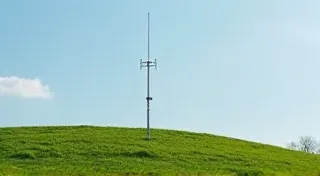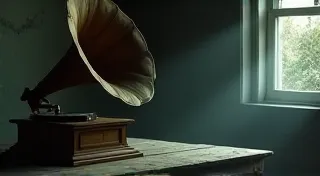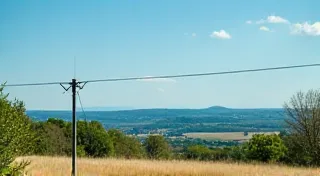The Fractal Forest of Transmission: Antenna Geometry and the Aesthetics of Signal Propagation
There's a peculiar beauty in the hum of an antique accordion, a resonance that speaks of craftsmanship, ingenuity, and a time when objects were built to last, designed with an inherent artistry. The bellows, the keys, the intricate carvings – they tell a story not just of musical expression, but of a meticulous process, a considered elegance. I find that same beauty, that same feeling of considered ingenuity, in a well-designed antenna. It’s easy to think of antennas as purely functional objects, cold mathematical equations rendered in wire and metal. But what if we looked at them through a different lens? What if we saw the potential for beauty, for artistic expression, woven into the very fabric of radio communication?
My own introduction to radio came almost by accident. My grandfather, a quiet man with calloused hands, had a ham radio setup in his basement. It wasn't something we talked about much. It was just *there*, a constant presence humming with possibilities. Initially, I was drawn to the gadgets themselves - the dials, the meters, the crackling static that promised connection. But it was his antenna that truly captivated me. It wasn't a standard dipole or a perfect yagi. It was a somewhat ungainly, home-built affair, a tangled mess of wires that somehow, inexplicably, brought signals from across the globe into his little basement.
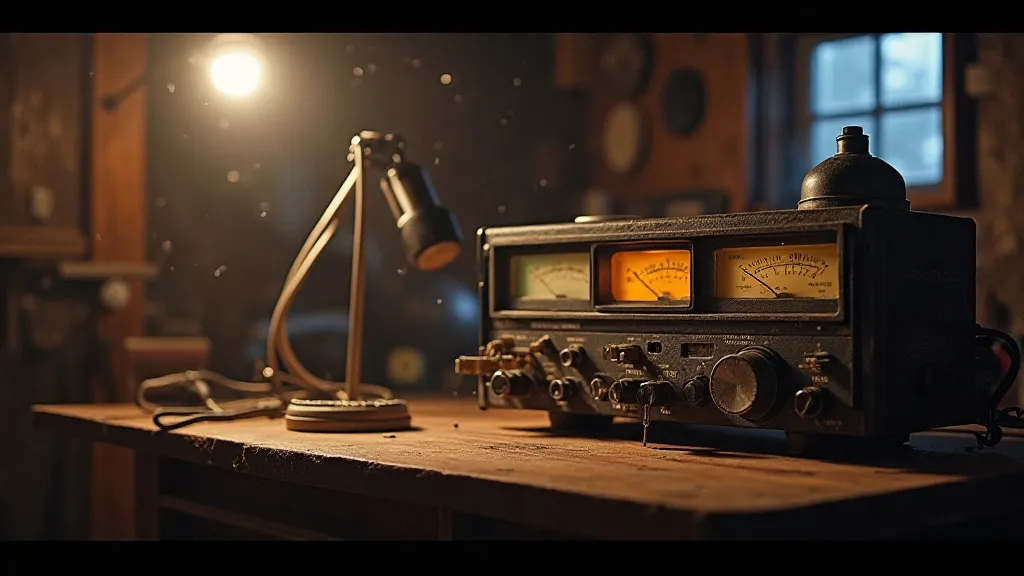
Beyond the Equations: Embracing Fractal Geometry
Traditional antenna design often relies heavily on precise calculations and symmetrical structures. And there’s certainly merit in that approach; it gets the job done. But what if we started to question the necessity of perfect symmetry? What if we looked to nature, to the organic patterns that govern the growth of trees, the branching of rivers, the intricate design of a fern frond, for inspiration? These patterns, often seemingly chaotic, are remarkably efficient at distributing resources and maximizing surface area.
Fractal geometry offers a powerful framework for understanding these patterns. Fractals are self-similar – meaning that the same basic shape repeats at different scales. Think of a Romanesco broccoli; each tiny floret is a miniature version of the entire head. This principle applies beautifully to antenna design. An antenna doesn’t have to be a straight line to be effective. By incorporating fractal patterns, we can increase the effective radiating surface area without significantly increasing the physical size. A ‘fractal dipole’ isn’t just a dipole with a few bends; it's a design that mimics the self-similarity found in nature, creating a complex pattern that resonates with a wider range of frequencies.
The Accordion’s Whisper: Craftsmanship and Resonance
The careful construction of an antique accordion provides a fascinating parallel. The reeds, the valves, the meticulously folded bellows – each component contributes to the instrument’s unique sound. It's not simply about the materials; it’s about the craftsmanship, the attention to detail, the understanding of how each element interacts with the others. A poorly constructed accordion, even one made with premium materials, will sound flat and lifeless. Similarly, an antenna’s performance isn’t solely determined by the type of wire or the precise dimensions; it's about the overall design, the careful execution, and the inherent understanding of how the signal will propagate.
Restoring antique accordions is an art in itself. It requires patience, a steady hand, and a deep respect for the original craftsmanship. You can’s just slap new parts onto a vintage accordion and expect it to sound like new. You have to understand the nuances of its construction, the reason behind each design choice. The same principle applies to amateur radio. Simply copying a design isn't enough. Understanding *why* it works, and how to adapt it to your specific environment, is crucial.
There’s a profound satisfaction in bringing a forgotten accordion back to life, hearing its rich, vibrant tones fill a room once more. It's a tangible connection to the past, a testament to human ingenuity and artistry. That same feeling of connection, that same appreciation for thoughtful design, resonates within the pursuit of building effective and aesthetically pleasing antennas.
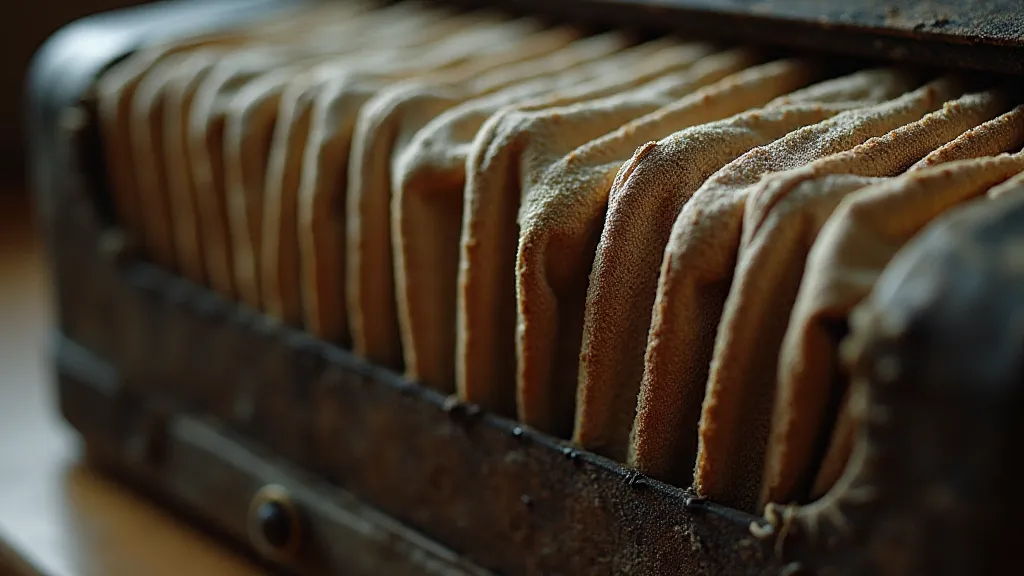
The Art of Propagation: Where Mathematics Dances with Beauty
Consider the Yagi-Uda antenna, a classic design for directional reception. It's based on a surprisingly simple principle: a driven element, a reflector, and a series of directors. But what if we started to think of those directors not just as elements of a mathematical equation, but as individual artists contributing to a collective masterpiece? What if we experimented with their spacing and length, not just to optimize the gain, but to create a visually striking antenna?
This isn't to suggest that artistic considerations should supersede performance. But there’s a point where form and function become intertwined, where the act of creation itself enhances the final product. An antenna that is both efficient and visually appealing is a joy to build and a source of pride to own. It becomes more than just a piece of equipment; it becomes a statement, a reflection of the builder’s creativity and passion.
Experimentation is key. Don’t be afraid to deviate from the established norms. Try different materials, different shapes, different configurations. Learn from your mistakes. Observe the natural world for inspiration. Embrace the unexpected. Remember that an antenna isn’s just a wire and a connector; it’s a conduit for human connection, a bridge between distant voices.
Think of the possibilities! An antenna shaped like a stylized tree, its branches radiating outward to capture distant signals. An antenna woven from a delicate lattice of copper wire, resembling a intricate work of art. An antenna that blends seamlessly into the surrounding landscape, a testament to the harmony between technology and nature. These are not mere fantasies; they are attainable goals for the imaginative ham radio enthusiast.

Beyond Functionality: A New Appreciation
The pursuit of amateur radio isn’t just about sending and receiving signals; it’s about connection – connection to the technology, connection to the community, and connection to the world. Building your own antennas, especially those inspired by artistic principles, deepens that connection. It fosters a deeper understanding of the underlying technology and a greater appreciation for the ingenuity of those who came before us. It’s a journey of discovery, a fusion of science and art, a celebration of human creativity. So, the next time you’re faced with the challenge of building an antenna, remember the whisper of the antique accordion, the fractal patterns of nature, and the beauty that can be found in the thoughtful intersection of mathematics and art. Let your antenna be a testament to your passion, a symbol of your ingenuity, and a beacon of connection to the wider world.

